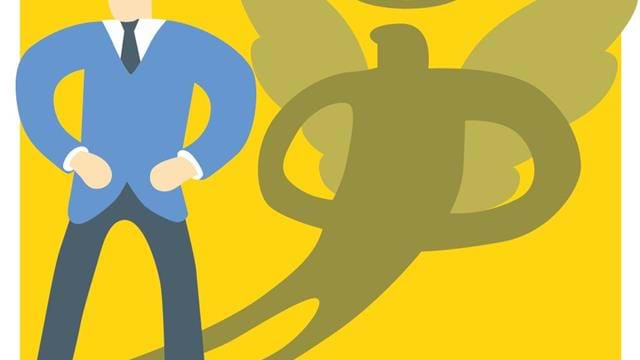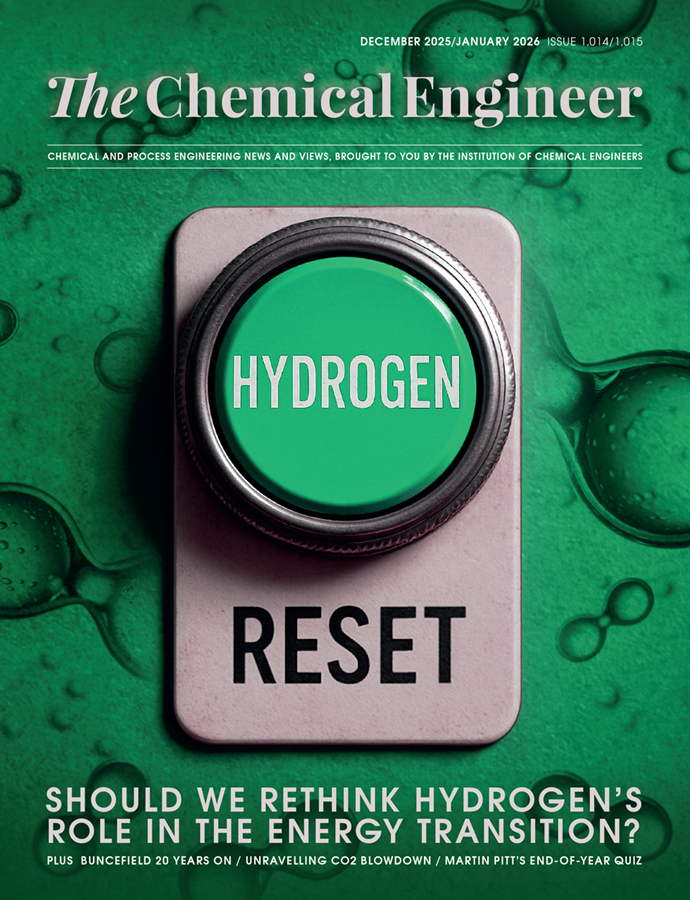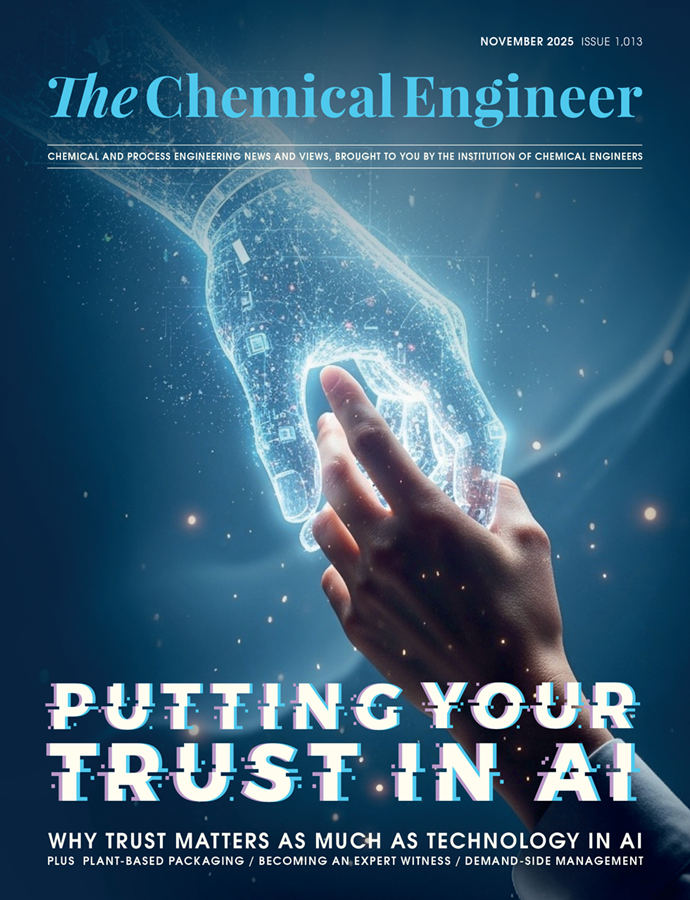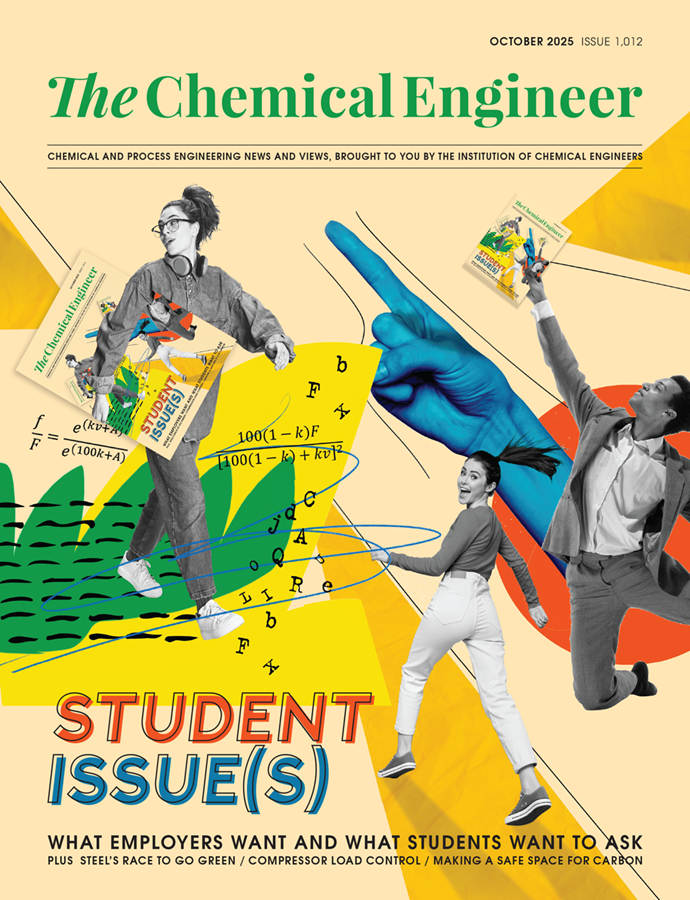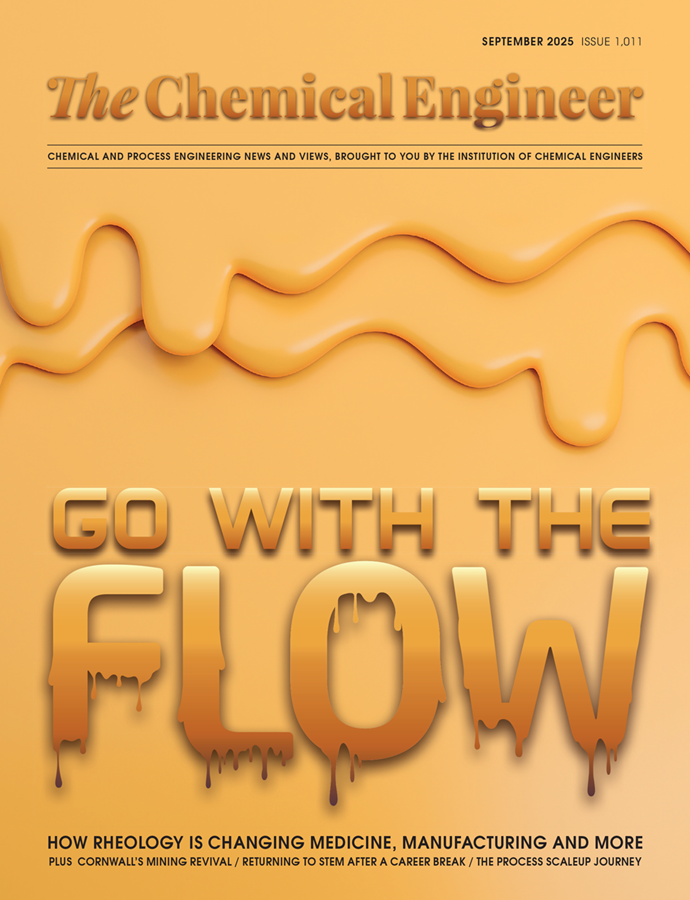1,694 results found
EEF use 2017 to inspire next-gen engineers
Publishes list of facts and myths to boost uptake
Type: News
Fluor to build US diabetes medicine plant
Will complete full scope of work for Novo Nordisk
Type: News
How the various aspects of theory are essential in arriving at a reactor design in practice.
Type: Feature
The Challenge of Brownfield Projects
Factors to consider in getting to the right solution.
Type: Feature
Sustainability, Efficiency Win at 2016 Awards
Johnson Matthew takes home top prize; Sime Darby, PETRONAS and the National University of Singapore also triumph
Type: Feature
An Integrated Approach to Process Design and Plant Automation
Oil refining, chemical, and petrochemical companies are continuously seeking new ways to optimise, de-risk, and accelerate capital projects.
Type: Feature
With water accessibility increasingly under threat, technology leads the mining industry's efforts towards water-free mining
Type: Feature
Squeezing boosts platinum catalyst activity
Could be used in fuel cells, for water splitting
Type: News
LEDs on foil hint at portable water treatment
Ohio researchers herald breakthrough development
Type: News
Rewritable, self-erasing ‘paper’ developed
Electrospun material could reduce global paper waste
Type: News
Johnson Matthey wins top prize at Awards 2016
Firm also won Industry Project of the Year Award
Type: News
Owner calls time on Hazelwood plant and mine
Also seeks sale of Loy Yang B and Kwinana sites
Type: News
Informal, interactive mentoring sessions can help to raise safety awareness in all areas of an organisation
Type: Feature
Engineering ethics has much to do with communication, thought and decision-making
Type: Feature
First US shale gas arrives in UK
The Ineos Insight passes under the Forth Bridge on its way to Grangemouth
Type: Feature
An innovative gas-fed fermentation process provides an alternative protein source for the aquaculture industry
Type: Feature













